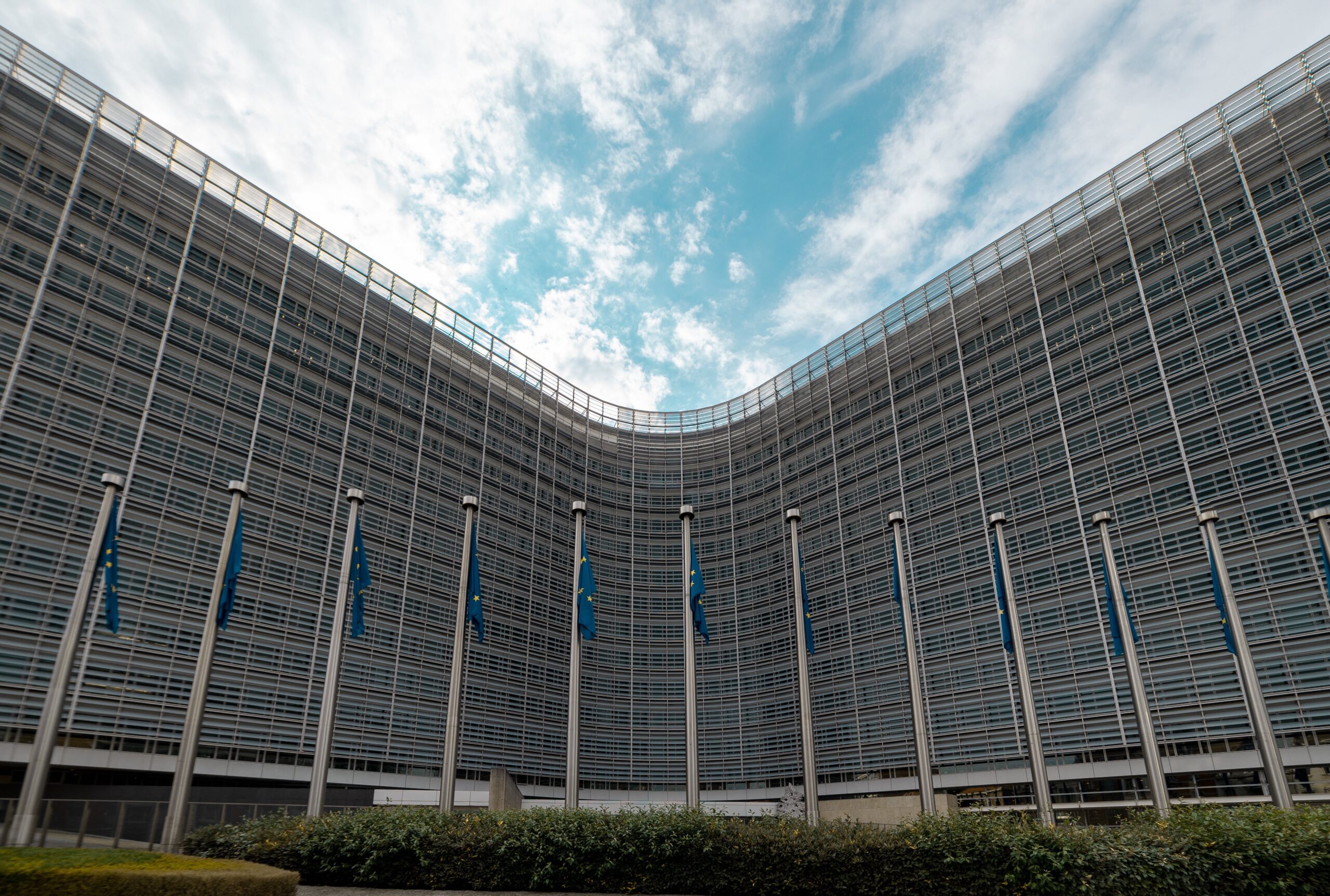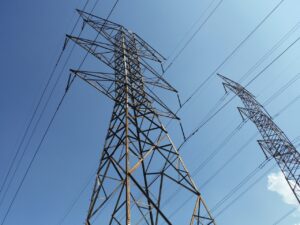Summary of contents
On 6 February 2024, the European Commission presented its assessment for a 2040 decarbonisation target. The Commission analyses three possible emission reduction scenarios: up to 80%, between 85% and 90% and finally between 90% and 95%. The latter scenario is consistent with the indications of the European Scientific Advisory Board on Climate Change (ESABCC), and it is within this range that the 90% reduction target recommended by the Commission lies.
The pace of decarbonisation is dictated on the one hand by the growing climate damage (around 1% of GDP in the eurozone in 2019 according to the ECB) and on the other by the international race towards new markets for green technologies (the value of which the IEA estimates at around $650 billion a year by 2030). In this context, setting the decarbonisation target for 2040 is not an artificial exercise towards unattainable goals, but a valuable opportunity to provide clarity on the necessary path towards climate neutrality by 2050.
Given the depth of change we face, the challenge for policymakers between now and 2040 is to manage the transition in as orderly a manner as possible, combining this transformation with new development opportunities and the need to support and accompany those most affected by the changes and least able to cope with them. This can make the transition an opportunity to reduce social inequalities in key areas such as housing, energy poverty and transport.
The task of politics is to provide the tools and give concrete answers on how to accompany the transition of complex sectors such as agriculture or manufacturing.
For Italy, the decarbonisation plan is defined with the PNIEC. The Plan, in its current form, suffers from a lack of clarity both in the path to the exit from fossil fuels and in the concrete measures to reach the 2030 targets, in particular on the penetration of renewables in the electricity system. By June 2024, the PNIEC will have to be updated, and this will be a valuable opportunity, first of all to align it with the 2030 targets, as requested by the Commission. An opportunity to chart a clear and concrete course for the decarbonisation of the Italian economic system, accompanying policies with a coherent implementation strategy, also in terms of economic and social sustainability, and with monitoring mechanisms that allow policies to be steered over time.
The Commission Communication on decarbonisation target for 2040
Last December’s COP28 was marked by a historic decision, taken in a multilateral context including almost 200 countries and in light of the still-insufficient progress towards achieving the goals of the Paris Agreement, which confirmed for the first time the need for a pathway away from the use of fossil fuels. This decision was reached at the conclusion of the first Global Stocktake. This is the process that every five years assesses global progress in responding to the climate crisis and implementing the Nationally Determined Contributions (NDCs) of the Paris Agreement’s Parties. In order to take into account the results of this process, the European Climate Law stipulates the need to set a decarbonisation target for 2040 within six months of the global stocktake. It is in this context that the Commission presented its recommendation on the decarbonisation targets for 2040 yesterday, 6 February 2024.
In the document, the Commission analyses three possible scenarios on the percentage of emission reductions to 2040 (compared to 1990):
- Option 1: a reduction of up to 80%, consistent with the linear trajectory between the 2030 and 2050 targets.
- Option 2: a reduction between 85% and 90%, consistent with the reduction that would be achieved by extending the current policy framework to 2040
- Option 3: A reduction between 90% and 95%, consistent with the European Scientific Advisory Board on Climate Change (ESABCC) advice
The Commission’s recommended target of 90% is within the latter range.
The usefulness of decarbonisation targets
One of the certainties on which the Commission’s analysis is based is that of the physical damage caused by climate change, which the European Environment Agency estimates at around 170 billion euros over the past five years. The ECB estimates that the damage caused by climate change has produced a loss of around 1% of GDP in 2019 in the eurozone. According to the analysis presented on 6 February by the Commission, this loss could reduce the Union’s GDP by around 7% by the end of the century in the absence of decarbonisation measures, compared to a scenario with an orderly transition in 2040. This highlights that decisive and swift action has the potential to avoid significant economic impacts, reducing damage to homes, people and businesses, protecting jobs and in general reducing the societal costs of coping with natural disasters. This is especially true for the agricultural sector, which is particularly exposed to natural damage and reduced yields due to less favourable weather conditions. As an example, the floods in the Italian region Emilia-Romagna in 2023 caused losses of almost 10 billion, to which we should add the billions due to the effects of various episodes of bad weather on the peninsula and the damage caused by periods of drought.
It is equally important, however, to consider the economic opportunities generated by the transition, starting with a market for goods linked to the decarbonisation that the IEA estimates will be worth $650 bn a year by 2030. Several countries (including in particular the US and China) have invested and are investing heavily in these technologies, positioning themselves to control a large slice of this international market in the coming decades and pushing Europe to move quickly to avoid losing further ground. Just in the last few weeks, the solar and heat pump industries have published appeals to the Commission asking for concrete support measures against non-EU competition.
These economic factors require the private sector to make a change of direction for investment from ‘business as usual’ economic scenarios. In this context, setting decarbonisation targets provides the certainty of the direction of travel needed to invest in low-emission production processes and transition-related commodity value chains.
In a context where the pace of decarbonisation is dictated on the one hand by increasing climate damage and on the other by the race towards new markets for green technologies, setting the decarbonisation target for 2040 is not an artificial exercise towards unattainable goals, but a valuable opportunity to provide clarity on the necessary path towards climate neutrality in 2050.
The decarbonisation challenge
The Commission’s analysis published on 6 February makes it clear that the path to climate neutrality starts with the measures of the Fit for 55 package, which underpin all three scenarios considered. This regardless of the target the EU ends up adopting. In all three scenarios, the EU’s energy systems must be significantly decarbonised by 2040, which entails intensifying efforts to replace fossil fuels with renewables and increasing energy efficiency in various sectors. New industrial productions including the processing of critical materials or the production of green steel will be needed to fuel this transformation, and the investments required for all this will fuel innovation.
Bringing the level of decarbonisation (compared to 1990) from around 32% in 2022 to the considered range of 80%-95% in 16 years is a complex challenge that calls for a radical transformation of the economic system that will have major impacts – including redistributive ones – on society, work and households. However, the Commission’s analysis shows that the impacts of the higher target scenario are not significantly bigger than those of the other two scenarios, both in terms of investment levels needed over the 2031-2050 period and in terms of costs for households (mainly due to energy efficiency).
Given the huge economic impacts (as well as in terms of loss of life) of climate change inaction, doing nothing does not seem a viable option. This is true for all sectors, and especially for the agricultural sector, which is one of the sectors that would pay the highest price for lack of action against climate change. Agriculture contributes to more than 10% of European emissions, and while it suffers the impacts of climate change significantly, it has so far contributed very little to reducing emissions, with the European environmental agency estimating a reduction in emissions of only 4% in 2030 compared to 2005 under current policies. Politics should, therefore, provide the tools and give concrete answers on how to accompany this necessary transformation, even of complex sectors such as agriculture or manufacturing, combining the transition with new development opportunities and the need to support and accompany those who are most affected by these changes and least able to cope with them. This can make the transition become an opportunity to reduce social inequalities in key areas such as housing, energy poverty and transport.
In the face of these realities, a public debate on how the transition should take place is necessary and desirable, while rejecting the climate targets altogether seems counterproductive. All sectors of the economy must be included, and all actors and representatives of society must have a role in defining which policies are to be implemented, as well as what aid is needed for whom. This implies the acceptance by all of the end point of the pathway – the decarbonisation target calculated on the basis of science and outlined in the Commission’s Communication – and of the shared responsibility for reaching it.
The national dimension of an orderly transition
The clarity of the pathway offered by the decarbonisation targets allows countries to define policies and prepare national plans on how the transition can take place in an orderly manner, that is in a way that maximises opportunities and minimises impacts and costs.
At the national level, the main instrument for achieving decarbonisation targets is the National Energy and Climate Plan (NECP) – in Italian ‘Piano nazionale integrato per l’energia e il clima’ (PNIEC). EU Member States have updated their Plans several months ago, in order to include the Fit for 55 package’s targets. On 18 December 2023, the Commission published its comments on the 24 Plans submitted by Member States, including Italy. What emerges is that at the time of starting the debate on the decarbonisation target for 2040, several European countries have not yet adequately assessed how to concretely implement the actions to 2030 nor how to manage their costs and redistributive impacts.
Our analysis of Italy’s PNIEC shows that current Plan lacks clarity both in the path to phase out fossil fuels and in the concrete accompanying measures to achieve the 2030 targets, the main enabler of which is the achievement of the targets for the penetration of renewables in the power system. In the short term, the plan promotes technologies that are not aligned with the targets, while a coherent transition vision in the medium to long term is lacking. By June 2024, the PNIEC must be updated, and this will be a valuable opportunity, first of all to align it with the 2030 targets, as requested by the Commission itself. Above all, it will be an opportunity to ensure that it is able to set out a clear and concrete path for the decarbonisation of the Italian economic system, accompanying policies with a coherent implementation strategy, also in terms of economic and social sustainability, and with monitoring mechanisms that allow policies to be steered over time.
Watch the media briefing ‘New EU Emission Reduction Target for 2040’ (in Italian)
Passcode: Pb3?12M9
Foto di Guillaume Meurice







